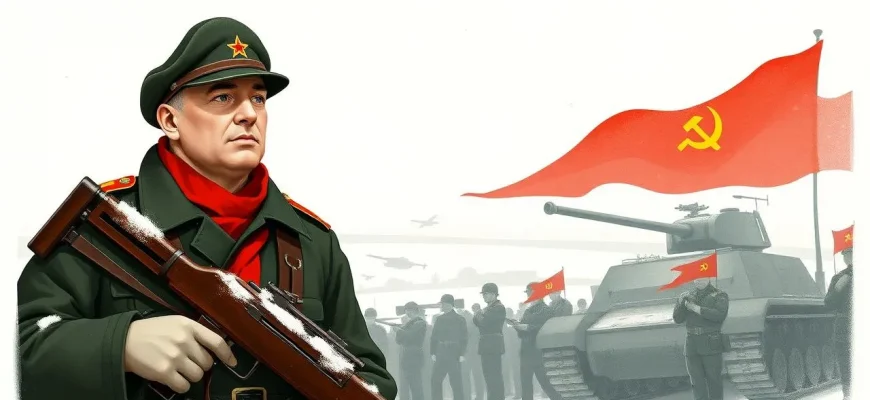The Red Army, a symbol of Soviet military might, has been immortalized in numerous films that capture its heroism, sacrifices, and the spirit of the Soviet people during wartime. This curated list of Soviet films not only showcases the bravery and resilience of the Red Army but also provides a window into the historical and cultural context of the Soviet Union. Each film has been selected for its unique portrayal of military life, battles, and the human stories behind the uniforms, all available with English dubbing or subtitles for a global audience to appreciate.
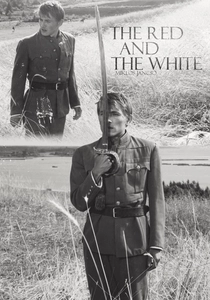
Liberation (1967)
Description: Set during the Russian Civil War, this film explores the clash between the Red Army and the White Army, highlighting the ideological and personal conflicts within the ranks of the Red Army.
Fact: Directed by Miklós Jancsó, this film uses long takes and minimal dialogue to create a surreal, almost dreamlike portrayal of war.
 Watch Now
Watch Now 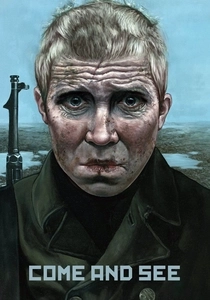
Come and See (1985)
Description: While not directly about the Red Army, this film portrays the impact of the German invasion on Belarusian civilians, indirectly showcasing the Red Army's role in liberation through the eyes of a young boy.
Fact: The film is known for its intense realism and has been described as one of the most devastating anti-war films ever made.
 Watch Now
Watch Now 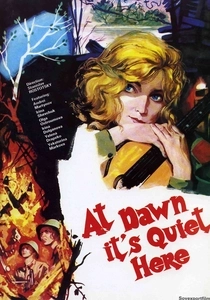
The Dawns Here Are Quiet (1972)
Description: This film tells the story of a small group of female anti-aircraft gunners who, under the command of a male sergeant, defend a strategic railway junction against a German paratroop attack. It's a poignant exploration of duty, sacrifice, and the often overlooked roles of women in the Red Army.
Fact: The film was based on a novel by Boris Vasilyev, which was inspired by real events during WWII. It was one of the most popular Soviet war films, earning numerous awards.
 Watch Now
Watch Now 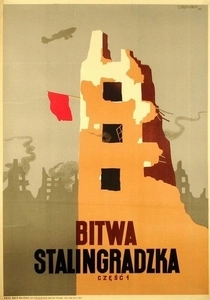
The Battle of Stalingrad (1949)
Description: A monumental epic detailing the pivotal battle of Stalingrad, this film focuses on the strategic decisions, the heroism of the soldiers, and the harsh realities of urban warfare. It's a tribute to the Red Army's determination and the turning point in WWII.
Fact: The film was one of the first to use real war footage and was produced shortly after the end of WWII, reflecting the raw emotions of the time.
 30 Days Free
30 Days Free 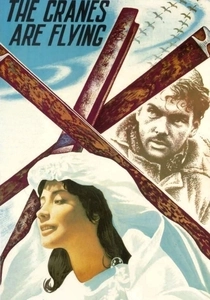
The Cranes Are Flying (1957)
Description: While not exclusively about the Red Army, this film captures the impact of war on civilians and soldiers alike. It follows the life of a young woman whose fiancé goes off to fight, showcasing the emotional toll of war and the resilience of those left behind.
Fact: This film won the Palme d'Or at the Cannes Film Festival in 1958, making it one of the most acclaimed Soviet films internationally.
 30 Days Free
30 Days Free 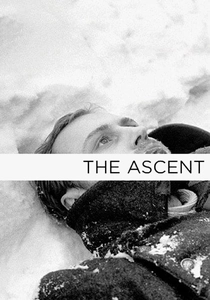
The Ascent (1977)
Description: A harrowing tale of two Soviet partisans in German-occupied Belarus, this film delves into the moral and physical struggles of soldiers behind enemy lines, emphasizing the psychological warfare.
Fact: The film won the Golden Prize at the 10th Moscow International Film Festival and was nominated for an Academy Award for Best Foreign Language Film.
 30 Days Free
30 Days Free 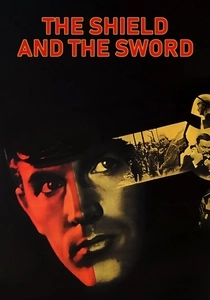
The Shield and the Sword (1968)
Description: This spy thriller follows a Soviet intelligence officer during WWII, showcasing the covert operations and the crucial role of intelligence in supporting the Red Army's efforts.
Fact: The film was popular enough to spawn a sequel and was part of a broader trend of spy films in Soviet cinema during the Cold War.
 30 Days Free
30 Days Free 
The Fall of Berlin (1949)
Description: This film dramatizes the final days of WWII, focusing on the Red Army's push into Berlin, capturing the city, and the symbolic meeting of Soviet and American forces at the Elbe River.
Fact: It was one of the first films to depict the Soviet victory over Nazi Germany, serving as a propaganda piece during the early Cold War era.
 30 Days Free
30 Days Free 
The Alive and the Dead (1964)
Description: Set during the initial stages of the German invasion, this film examines the chaos and confusion within the Red Army as it tries to regroup and counterattack, highlighting the human element of war.
Fact: The film was one of the first to openly criticize the Soviet military leadership during WWII, offering a more nuanced view of the war.
 30 Days Free
30 Days Free 
